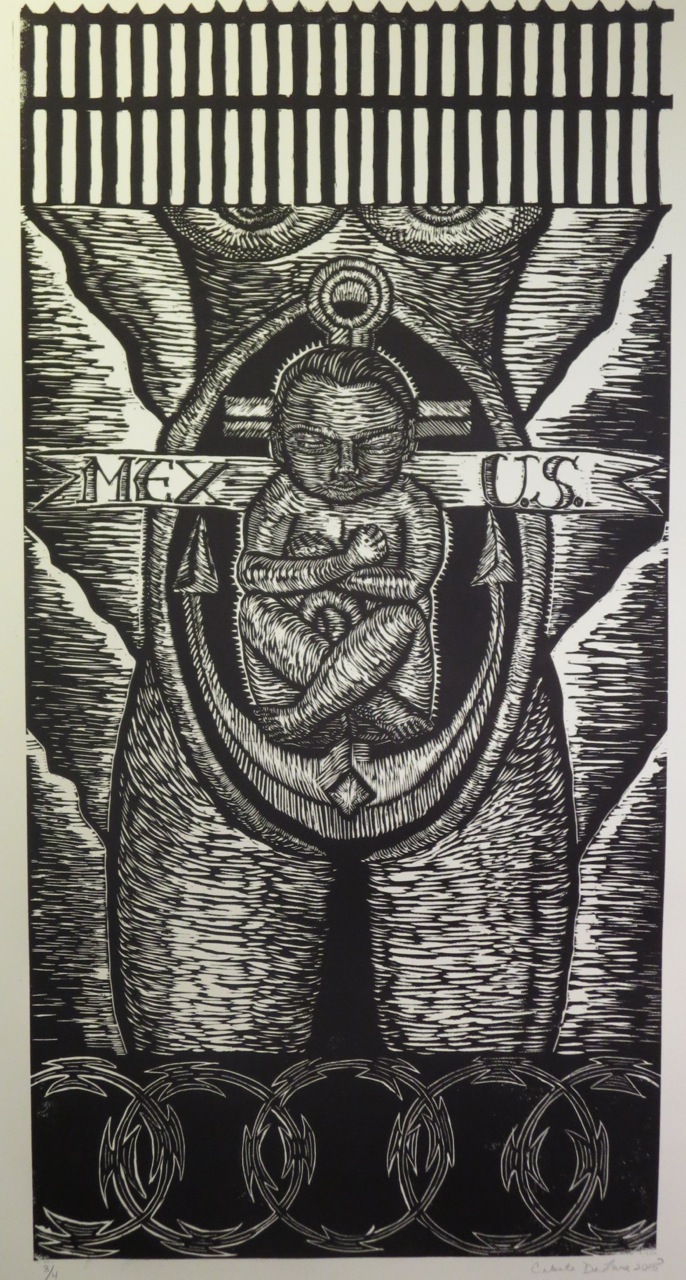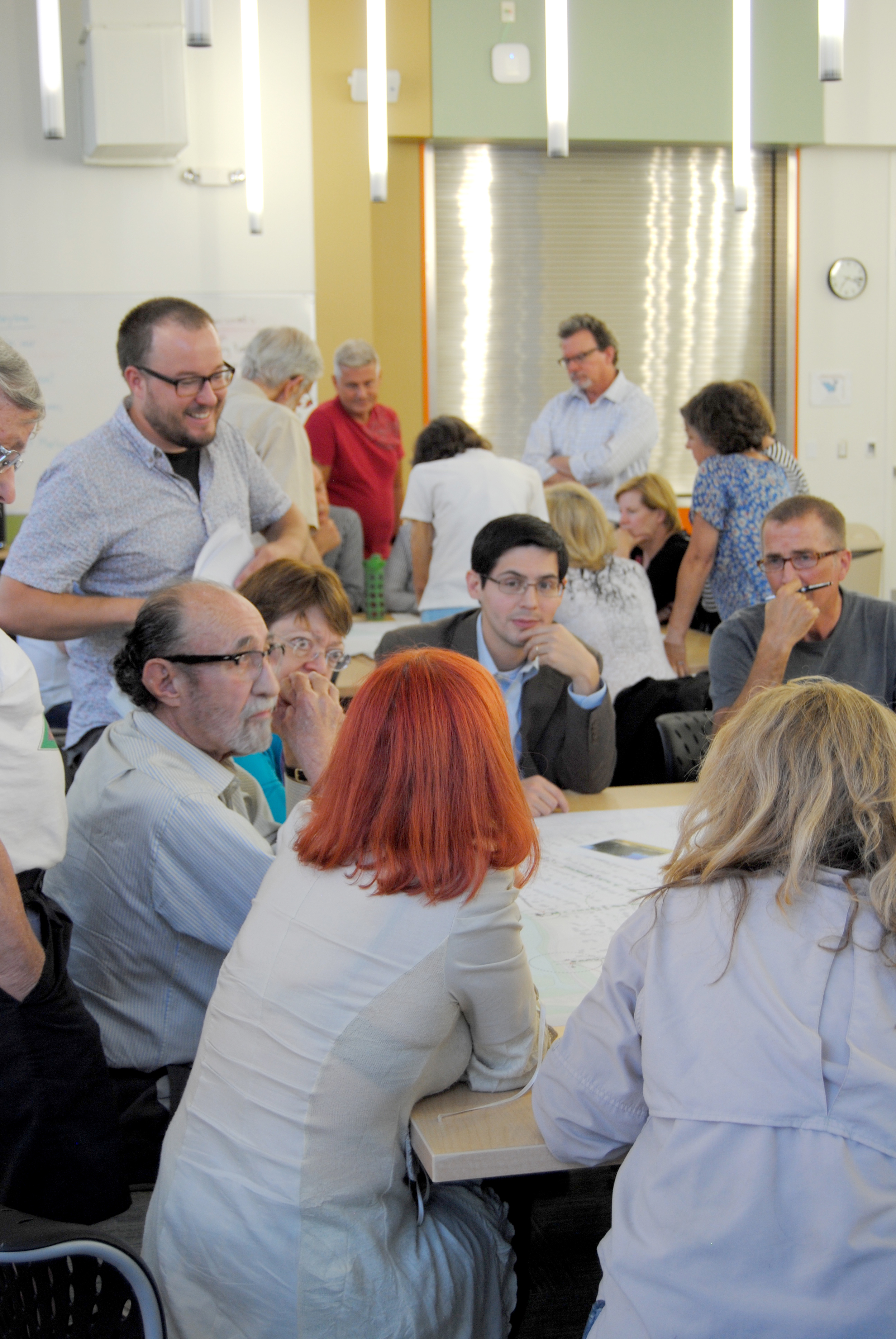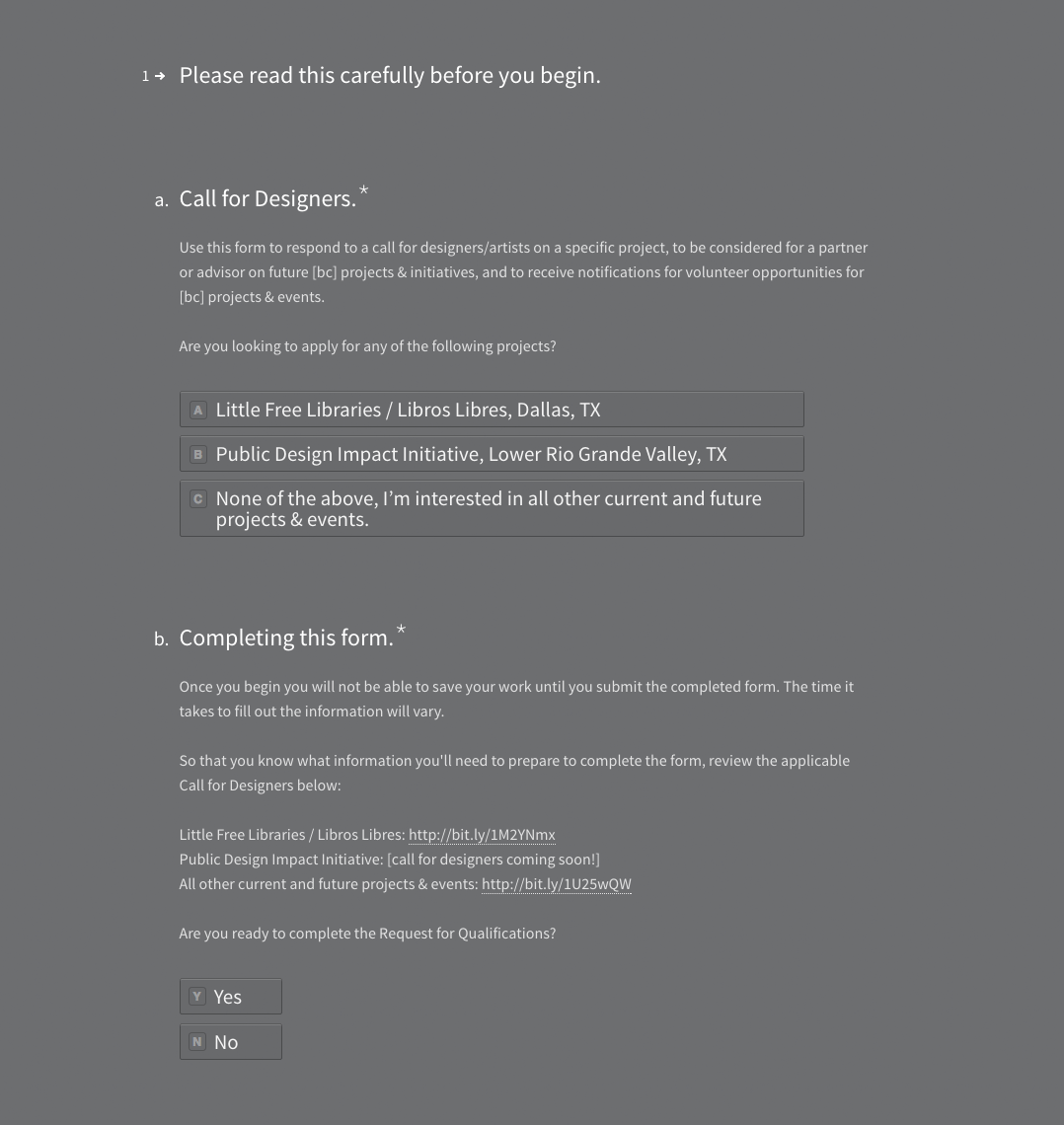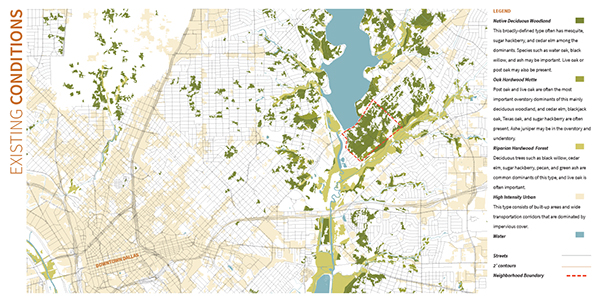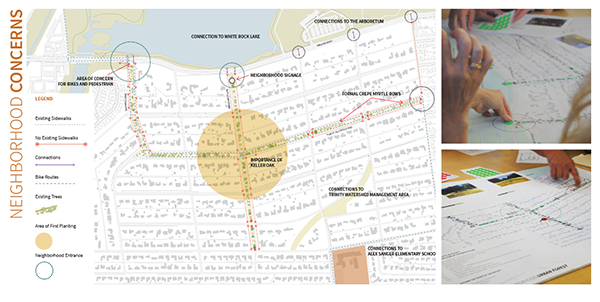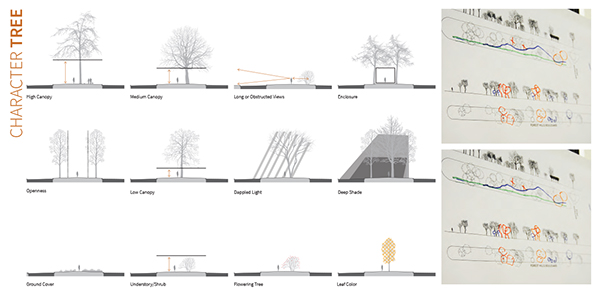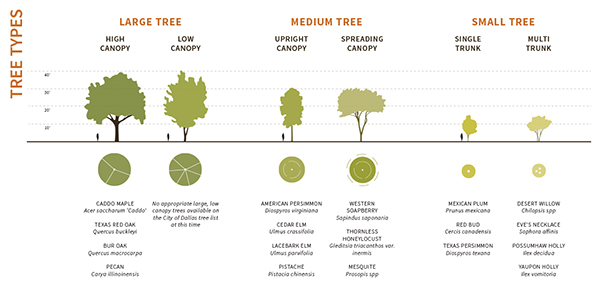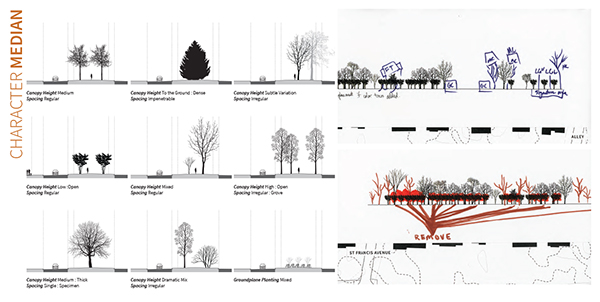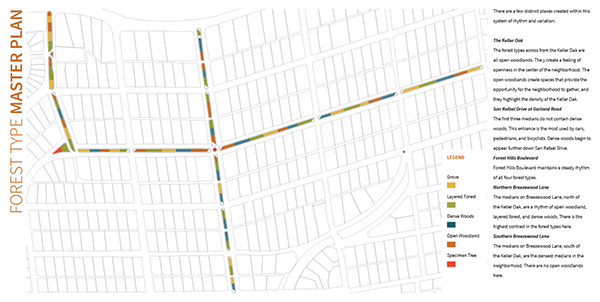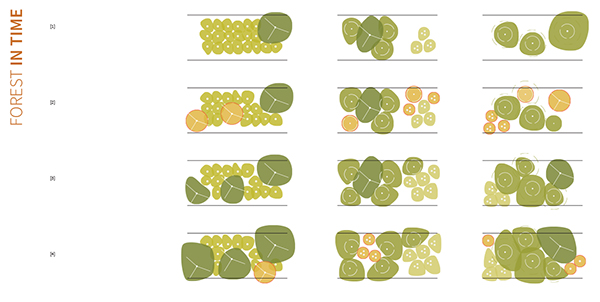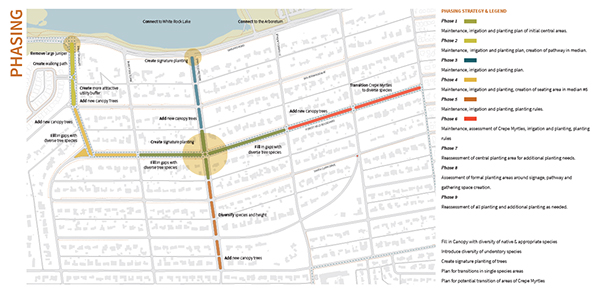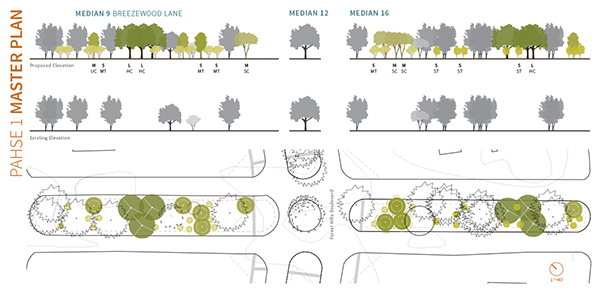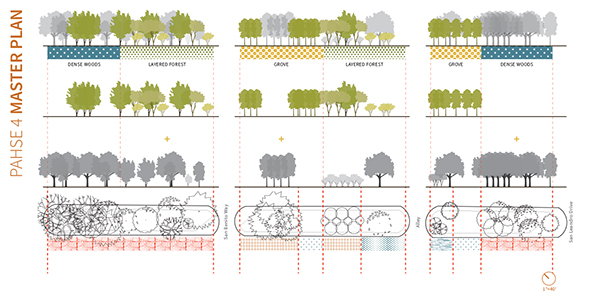See more posts about bcANALYTICS.
Stakeholders from across North Texas identified opportunities and challenges at Data Ecosystem Lab #1 in January 2016.
bcANALYTICS recently wrapped up The Data Ecosystem Project, a two-year project to reimagine the way data is collected, shared, and used across Dallas and North Texas.
Executive Summary
Read the full Data Ecosystem Project report and Appendices here!
North Texas faces a myriad of challenges as it moves through the second decade of the 21st Century. Affordable housing, rapid growth, aging infrastructure, poverty alleviation, children’s health, and urban blight are just some of the many complex, interconnected problems that require an unprecedented amount of long-term action, cross-sector coordination, and development of a common agenda to address. Cities across the world have recognized that data is central to both understanding and acting on these complex issues and that the importance of making data accessible to a greater population is key to reaching these goals. A number of different strategies for achieving these goals have been adopted across the country, with each offering unique strengths and benefits.
The Data Ecosystem Project, sponsored by Communities Foundation of Texas, has worked with a diverse group of stakeholders to identify a system that can revolutionize the ways we collect, share, access, and use data in Dallas. Through research on national best practices, the Dallas Data Ecosystem Survey, and local stakeholder engagement the Data Ecosystem Project has identified an approach that organizations in Dallas and North Texas can work towards to improve the health and vitality of the regional data ecosystem.
The wealth of motivated organizations and individuals already working in Dallas and North Texas lends itself to collaborative solutions that benefit from the existing skills and expertise of the data ecosystem. The single greatest need is a centralized data catalog, library, or portal - where data from a variety of organizations, topics, and scales can be accessed by anyone and everyone. To do this, a mix of ancillary activities must also occur, from the creation of a governing body and governance structure to the development of topic specific cohort groups that encourage collaboration and participation between and across different parts of the ecosystem.
The Data Ecosystem Project has identified a data ecosystem model built around a number of primary and second functions. To implement these practices across the ecosystem, we recommend the following activities take place by Fall 2017:
- Acquiring preliminary funding to carry out a set of initial work items with oversight from a preliminary advisory team.
- Recruiting advocates from a variety of sectors and backgrounds to act as champions of the data ecosystem.
- Forming an advisory team to help guide the development of the data ecosystem’s final structure.
- Conducting a data inventory to better understand the extent of publicly available data in North Texas.
- Developing case studies that help demonstrate the value and potential of enhanced data accessibility.
- Creating a business plan and securing multi-year funding for implementation.
Moving forward with these steps will support the successful implementation of a more robust data ecosystem. Whether the advisory team recommends and builds the case for a collaborative effort or the development of a university-driven data hub, taking the steps to make data more accessible will better enable the region to tackle the problems it faces. By maintaining the status quo, organizations must work harder and less efficiently to understand themselves, their communities, and make well-informed decisions.
![[bc]](http://images.squarespace-cdn.com/content/v1/5248ebd5e4b0240948a6ceff/1412268209242-TTW0GOFNZPDW9PV7QFXD/bcW_square+big.jpg?format=1000w)


